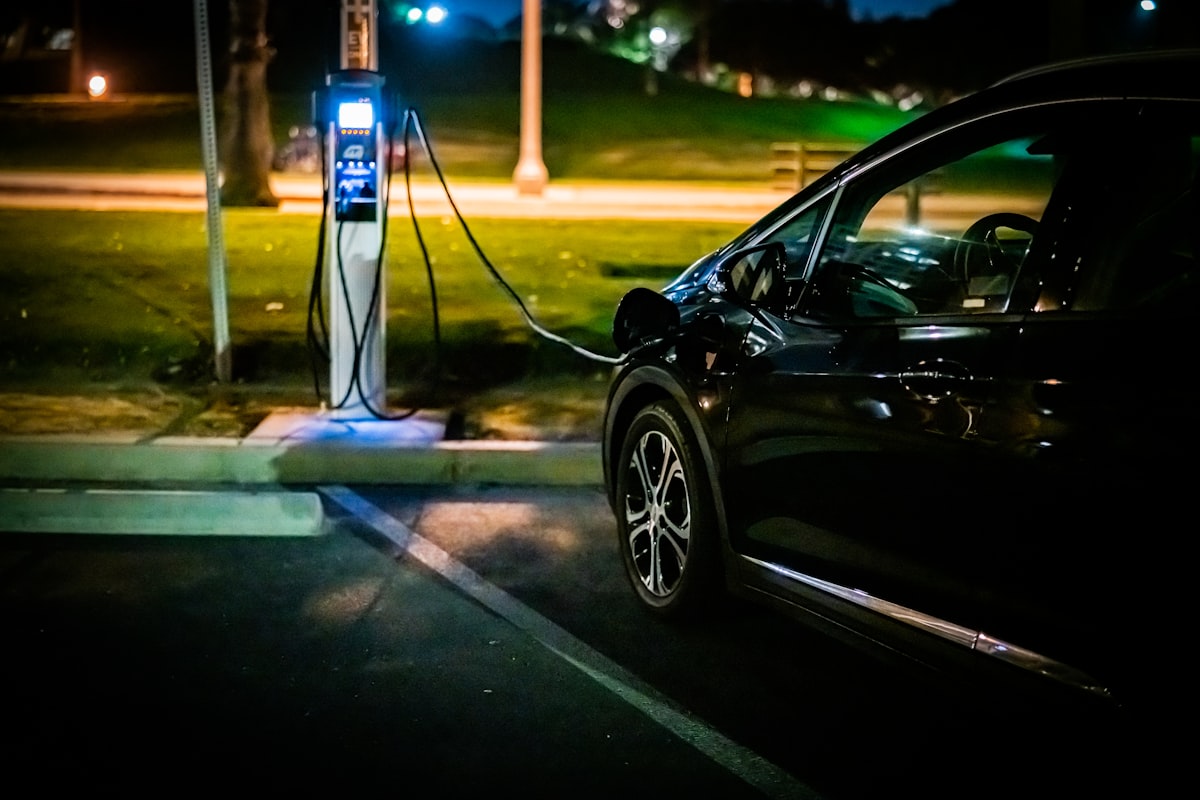Exploring Off-Peak EV Charging Options in the NW
Electric vehicles (EVs) have become a popular mode of transportation. As their numbers rise, so does the need for efficient charging solutions. One strategy to manage this demand is off-peak charging. This can ease the strain on the electric grid and save EV owners money. Let’s explore off-peak EV charging options in the Northwestern United States.
What is Off-Peak Charging?
Off-peak charging refers to the act of charging an EV during times when electricity demand is low. This typically occurs at night or early morning hours. Energy providers often offer lower rates during these periods. It’s a way to incentivize users to shift their electricity consumption away from peak times.

Benefits of Off-Peak Charging
Charging your EV during off-peak hours has several advantages:
- Cost Savings: Many utility companies offer reduced rates for electricity used during off-peak hours. EV owners can save significantly on their charging costs.
- Grid Stability: By spreading out the demand, off-peak charging helps prevent overloading the grid during peak times.
- Environmental Impact: Off-peak electricity often comes from more sustainable sources, as there’s less reliance on peaker plants.
Northwestern Utility Companies and Off-Peak Programs
Several utility companies in the Northwestern US offer off-peak charging programs. Here’s a quick look at some of the major players:
Portland General Electric (PGE)
PGE offers a Time-of-Use (TOU) rate plan. This plan incentivizes customers to use electricity during off-peak hours. Rates are significantly lower from 10 PM to 6 AM. PGE also provides rebates for EV owners who enroll in their programs and use smart chargers.
Puget Sound Energy (PSE)
PSE provides a TOU plan similar to PGE. They also run a demand response program. This allows the utility to manage when and how much energy your EV charges during off-peak times. Participants in the demand response program can receive financial incentives.
Idaho Power
Idaho Power’s TOU rate plan offers lower rates from 9 PM to 7 AM on weekdays and all day on weekends. They encourage EV owners to charge their vehicles during these periods to maximize savings.
Pacific Power
Pacific Power has a flexible TOU rate plan. Customers enjoy lower rates during off-peak hours, generally from 11 PM to 7 AM. Pacific Power also collaborates with various stakeholders to promote off-peak EV charging and reduce grid strain.
Using Smart Chargers
Smart chargers are an essential part of efficient off-peak EV charging. These devices allow you to schedule charging times. They ensure your vehicle charges during the cheapest and most efficient times. Many smart chargers also integrate with utility programs.
Popular smart charger brands include:
- ChargePoint Home Flex
- JuiceBox Pro 40
- Siemens VersiCharge
These chargers come with mobile apps that allow users to monitor and control the charging process. They can also provide data on energy consumption and cost savings.
Government and Utility Incentives
Both government entities and utilities offer incentives for off-peak EV charging. These can include rebates, tax credits, and direct discounts on electricity bills. For instance, the federal government offers incentives for installing EV charging infrastructure.
Noteworthy programs include:
- Federal EV Incentives: These incentives can include tax credits for installing home chargers.
- State Rebates: Many Northwestern states offer rebates for purchasing and installing EV chargers. Check your state’s energy department for details.
- Utility Rebates: Utility companies often provide rebates for participating in off-peak programs or using smart chargers.
Challenges and Considerations
While off-peak charging offers many benefits, it also comes with challenges. One issue is the need for a compatible smart charger. Not all chargers are equipped with the necessary technology to schedule charging times.
Another challenge can be aligning your EV’s charging needs with off-peak hours. This requires some planning, especially for those with variable schedules. Additionally, accessing off-peak rates often requires enrollment in specific rate plans, which might not always be straightforward.
Future Trends in Off-Peak Charging
The future of off-peak EV charging looks promising. Advances in smart grid technology and AI are likely to make it more efficient. Real-time data can help utilities better manage energy loads and offer more dynamic pricing.

Vehicle-to-grid (V2G) technology is another exciting development. V2G allows EVs to send electricity back to the grid. This can support the grid during peak times and further incentivize off-peak charging.
Public Charging Options
Public charging stations are adapting to support off-peak charging as well. Some charging networks offer lower rates during off-peak hours. These stations often provide real-time data on charging costs and availability, helping drivers make informed decisions.
Popular public charging networks in the NW include:
- ChargePoint
- EVgo
- Blink Charging
Summary
Off-peak EV charging is a practical solution to manage growing electricity demand. It can save money, support grid stability, and reduce environmental impact. By leveraging TOU rate plans, smart chargers, and available incentives, EV owners in the Northwestern US can optimize their charging strategies. As technology advances, more efficient and widespread off-peak charging solutions are likely to emerge, making this an even more attractive option.
“`
Recommended EV Accessories
NOCO GENIUS10 Smart Charger – $79.95
Advanced battery maintainer and charger.
EV Charging Station Guide
Navigate the EV charging landscape.
As an Amazon Associate, we earn from qualifying purchases.



Subscribe for Updates
Get the latest articles delivered to your inbox.
We respect your privacy. Unsubscribe anytime.